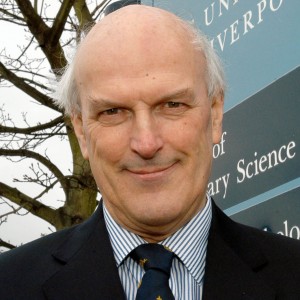Many of the best things have happened because of lunatics with fire in their bellies – I like to think I’ve been an animator of lunatics
Sir Neil Cossons is a leading authority on heritage and industrial archaeology. During his career he has led major museums – from 1983 to 1986 Neil Cossons was the Director of the National Maritime Museum, Greenwich, and for fourteen years Director of the Science Museum, London. He has served as a non-executive director of British Waterways Board. From 2000 until 2007 he was Chairman of English Heritage, the United Kingdom Government’s principal adviser on the historic environment of England.
Sir Neil was Director of the Ironbridge Gorge Museum from 1971 to 1983. Sir Neil has published several books. He was knighted in 1994 for his work in museums and heritage.
Sir Neil was in Dunedin to help celebrate the 150th Celebration of the Dunedin Gasworks Museum.
Talking points:
All history is a form of myth, but accepting the inadequacies of the process you can get something back from the process
The real job is stimulating people to use their imagination
I regret not having been enough of a lunatic
I think the best thing I could do was support activists.
The role (of government heritage organisations) is in recognising the energy, intellect, knowledge and activist capacity of communities to do good things
One of the aspects that appeals to me, rather perversely, is where you see groups (as is here in Dunedin with the Gasworks) taking on what for most people would be either a lost cause or something where people say ‘why on earth would you bother – Gasworks – horrible places’ and really bringing them to life
Trainspotting:
Ironbridge
Science Museum, London
Elgin marbles
Trent Lock
SS Great Britain
British Waterways
Bletchley Park
Beamish
Preston Bus Station
Skansen Museum (Stockholm)
Plimouth Plantation
Queen St Mill, Burnley


